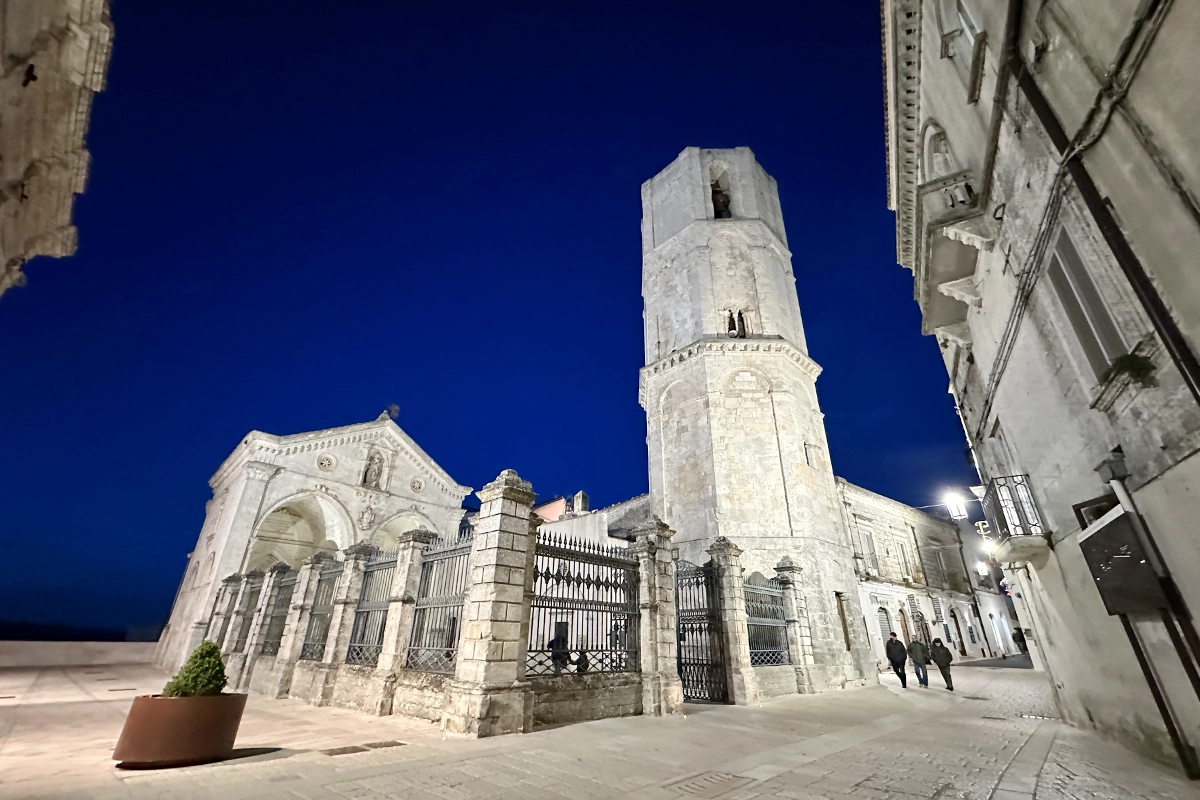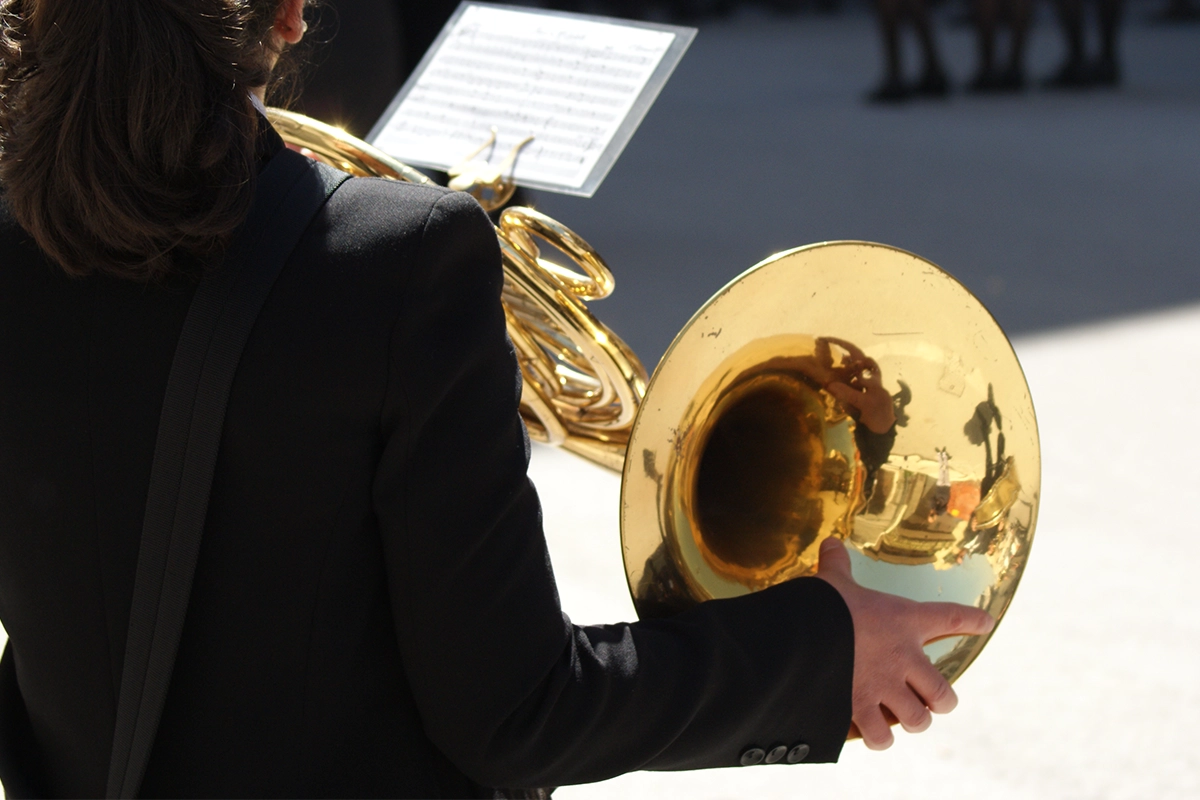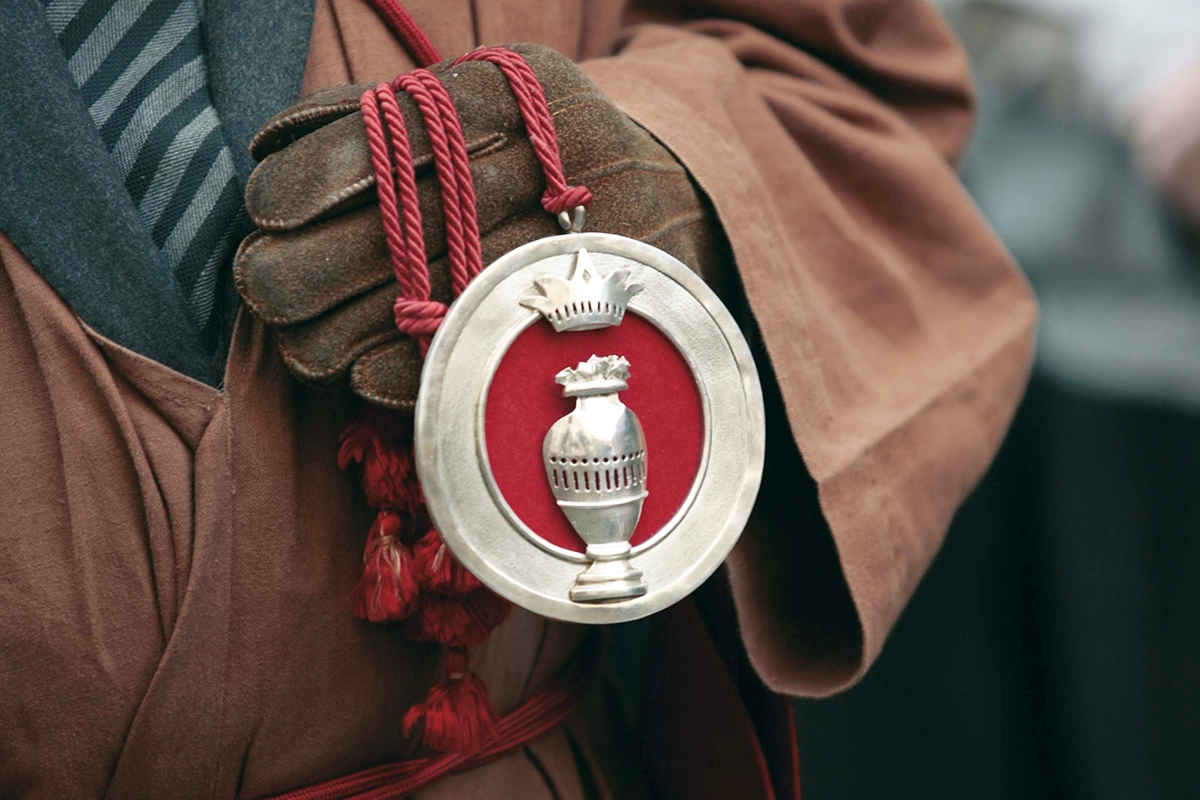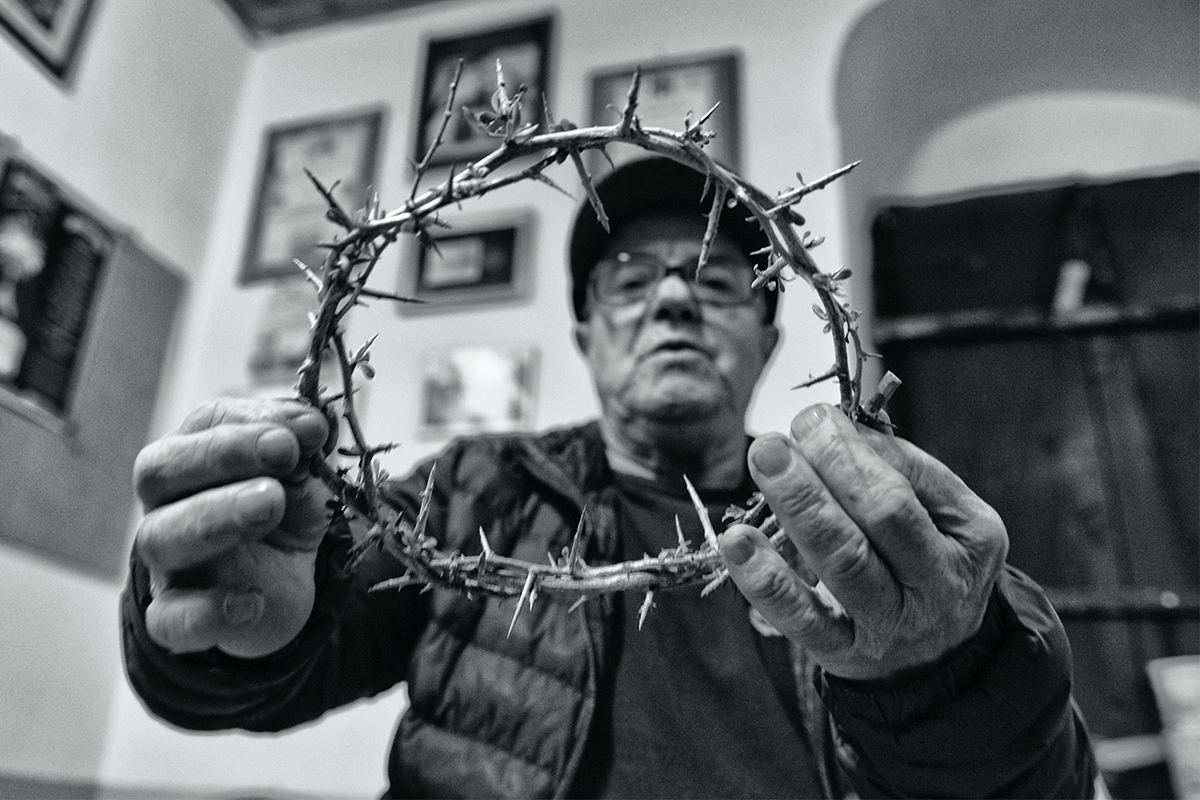Editorial Content
Places of Worship
20 Gennaio 2025

Places of Worship in Puglia: A Spiritual Journey from Gargano to Salento
From the majestic Gargano promontory to the coasts of Salento, Puglia holds a religious heritage of extraordinary beauty. A journey through sanctuaries, churches, and basilicas that tell centuries of devotion and history, where art and spirituality merge in a millennial embrace, testifying to the deep religiosity of this land.
Our journey begins in Gargano, where the Sanctuary of San Michele Arcangelo in Monte Sant'Angelo stands, one of the oldest places of worship in Europe. This sacred cave, declared a UNESCO World Heritage site, has welcomed pilgrims from all over the world since the 5th century, including popes and saints. Its ancient limestone walls hide a history of apparitions and miracles that continues to fascinate visitors. The staircase leading to the cave represents a true path of faith.
Descending towards the plain, we encounter San Giovanni Rotondo, a city that houses the remains of Saint Pio of Pietrelcina. The modern sanctuary designed by Renzo Piano, with its majestic liturgical hall capable of accommodating over 7,000 faithful, stands alongside the ancient church where the saint celebrated for years. A complex that unites tradition and contemporaneity, it has become a pilgrimage destination for thousands of devotees.
In Andria, the Sanctuary of Santa Maria dei Miracoli represents a jewel of Apulian Baroque, with its frescoes and decorations that narrate stories of faith and miracles. Its architecture and interiors testify to the extraordinary artistic richness of the Apulian religious tradition.
The Cathedral of Trani rises majestically over the sea, offering one of the most suggestive glimpses of medieval religious architecture. Its bell tower soars towards the sky like a beacon of spirituality that has guided sailors and pilgrims for centuries. In Brindisi, the Church of Santa Maria del Casale surprises with its vivid frescoes, like an illustrated book of medieval faith where each image tells a story of devotion.
In the heart of Puglia, Bari houses the Basilica of San Nicola, a masterpiece of Apulian Romanesque and a pilgrimage destination for Catholic and Orthodox faithful. Its crypt preserves the relics of the Saint of Myra, creating a spiritual bridge between East and West. During the feast of San Nicola, in May and December, the city comes alive with celebrations that unite faithful of different confessions in an ecumenical embrace with pilgrims arriving from everywhere.
In Brindisi, the Church of Santa Maria del Casale surprises with its vivid frescoes, like an illustrated book of medieval faith where each image tells a story of devotion.
In the heart of the old city of Taranto, the ancient Cathedral of San Cataldo represents one of the most important examples of Romanesque architecture in Puglia. Built by the Byzantines in the 10th century and rebuilt by the Normans in the 11th century, the cathedral unites Eastern and Western elements, testifying to the rich history of the city. Its interiors house precious frescoes and the chapel of San Cataldo, where the relics of the Irish saint rest.
In Salento, land of taranta and traditions, the Basilica of Santa Croce in Lecce represents the pinnacle of Lecce Baroque, with its richly decorated facade that tells sacred stories through stone. Every capital, every frieze is an open book on the history of salvation, interpreted by skilled Salentine stonemasons.
A few kilometers from Otranto, in Palmariggi, stands the Sanctuary of Maria SS di Montevergine, dating back to the 16th century. During the patron saint's feast in July, the sanctuary becomes the focal point of religious celebrations, with the statue of the Madonna carried in procession through the streets of the village, in a suggestive manifestation of popular faith.
The journey concludes at the Sanctuary of Santa Maria di Leuca, de finibus terrae, which marks the point where land and sea meet, in a place where Marian devotion merges with ancient pagan cults. Its lighthouse, the second most important in Italy, still illuminates the path of the faithful who reach this sacred place.
These sacred places are not just stone monuments, but living custodians of a spirituality that has shaped the Apulian identity. Each church, each sanctuary tells stories of faith, art, and culture that intertwine in the great mosaic of the Apulian religious tradition. A heritage that continues to live and renew itself, keeping alive the dialogue between past and present, between earth and sky.


 it
it en
en fr
fr es
es de
de pt
pt








